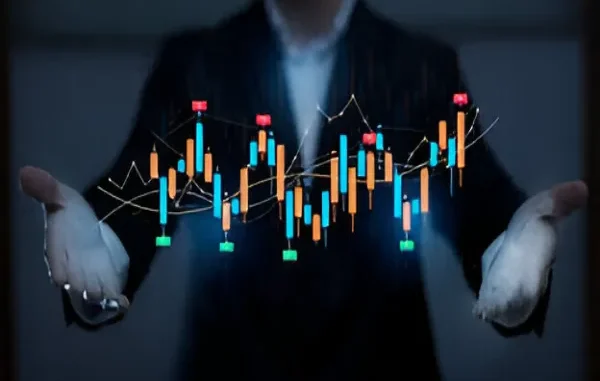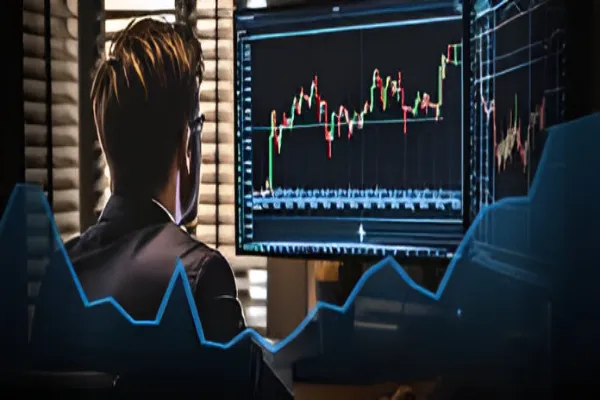
Trading currency pairs can be a thrilling yet daunting venture. While the profit potential is enticing, the risk of common mistakes looms large. This guide will uncover key pitfalls to avoid, ensuring your trading journey is smoother and more successful. Ready to sharpen your forex skills and sidestep costly errors? Let’s dive in and enhance your trading acumen. Avoid common pitfalls by leveraging expert connections through matrixator.io, linking traders with seasoned educational specialists for better-informed trading decisions.
1. Overlooking Fundamental and Technical Analysis
Trading currency pairs without proper analysis is like sailing without a map. Many traders jump into trades based on gut feelings or tips from others, neglecting to study the market trends and economic indicators.
Fundamental analysis involves looking at economic data, such as interest rates, employment reports, and geopolitical events, to understand the overall market environment. For example, if a country reports strong job growth, its currency might strengthen.
Imagine a trader who ignores a central bank’s decision to raise interest rates. This oversight can lead to unexpected losses because interest rates directly influence currency value. Similarly, not recognizing a head-and-shoulders pattern in price charts could mean missing out on a profitable trading opportunity.
So, how can you avoid this mistake? Always combine both fundamental and technical analysis in your strategy. Take the time to learn how economic events affect currency prices and get comfortable with reading and interpreting charts. This dual approach helps create a more comprehensive view of the market, reducing the chances of costly mistakes.
2. Neglecting Proper Risk Management Strategies
Risk management is the backbone of successful trading. One common mistake is overleveraging, which means borrowing more money to trade than you can afford to lose. While leverage can amplify profits, it can also magnify losses, leading to a quick wipeout of your trading account. Another frequent error is not using stop-loss orders effectively.
Consider a scenario where a trader risks half of their account on a single trade, without setting a stop-loss. If the market moves against them, they could lose a significant portion of their capital in minutes. This situation can be avoided by never risking more than a small percentage of your account on any one trade, typically no more than 1-2%.
Always set a stop-loss to protect your capital. Diversify your trades across different currency pairs to spread risk. By doing so, you ensure that a single loss won’t devastate your account. Practicing these strategies can help you stay in the game longer and increase your chances of overall success.
3. Emotional Trading: A Recipe for Disaster
Trading based on emotions is a surefire way to drain your account. Fear and greed are two powerful emotions that can cloud judgment. For instance, fear might cause you to exit a trade prematurely, missing out on potential profits. Conversely, greed can make you hold onto a losing trade, hoping it will turn around, only to watch the losses pile up.
Have you ever been in a situation where a few winning trades made you feel invincible? This overconfidence can lead to larger, riskier trades, often ending in significant losses. Or perhaps a string of losses made you so fearful that you hesitated to take the next trade, only to see it become a missed opportunity.
4. Failure to Stay Updated with Market News

In the fast-paced world of forex trading, staying updated with the latest market news is crucial. Economic reports, central bank meetings, and geopolitical events can cause significant volatility in currency prices. Traders who ignore these events risk being blindsided by sudden market movements.
Imagine trading a currency pair just before a major economic announcement, such as a GDP report or an interest rate decision, without being aware of it. The unexpected market reaction can lead to rapid losses or missed opportunities for gains. For instance, the Brexit vote in 2016 caused massive fluctuations in the British pound, catching many traders off guard.
To avoid this mistake, make it a habit to check an economic calendar regularly. Follow reliable financial news sources and stay informed about major events that can impact the forex market. This proactive approach helps you anticipate market movements and adjust your trades accordingly, giving you an edge over less informed traders.
5. Mismanagement of Trading Tools and Platforms
The tools and platforms you use for trading play a significant role in your success. However, many traders either misuse these tools or choose unsuitable platforms, leading to poor trading outcomes. For instance, not taking the time to learn how to use your trading platform’s features can result in errors, such as incorrect order placements.
Consider a trader who doesn’t understand how to set up automated trading systems or use charting tools effectively. They might miss out on the benefits of automation or fail to spot crucial trading signals. Additionally, choosing a broker without researching its reliability, spreads, or fees can eat into profits and increase trading costs.
Conclusion
In the dynamic world of forex trading, avoiding common mistakes is crucial for success. By embracing thorough analysis, solid risk management, emotional control, market awareness, and effective tool usage, you can significantly improve your trading outcomes. Remember, continuous learning and adapting are your best allies. Stay informed, stay disciplined, and watch your trading thrive.






Leave a Reply